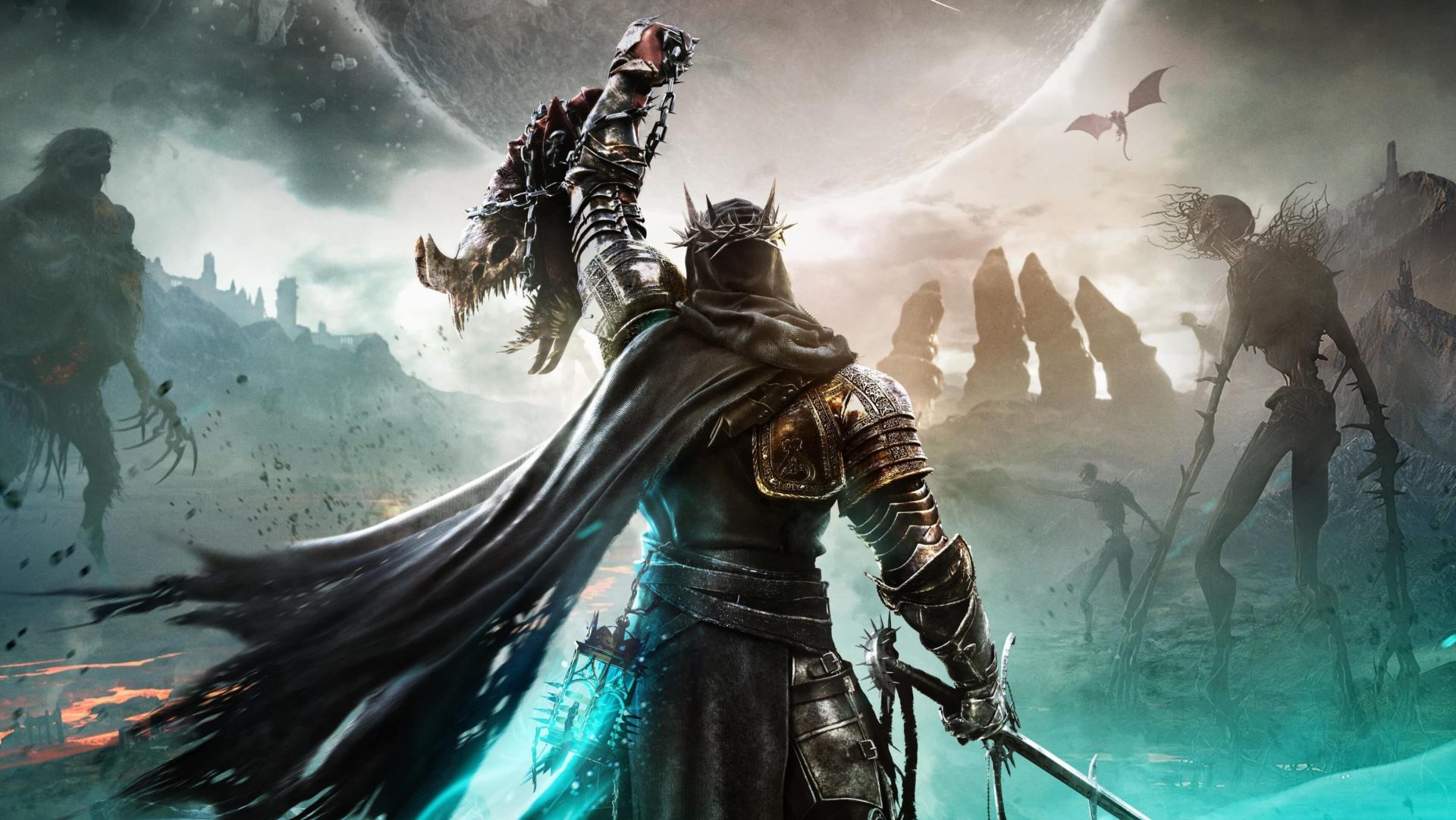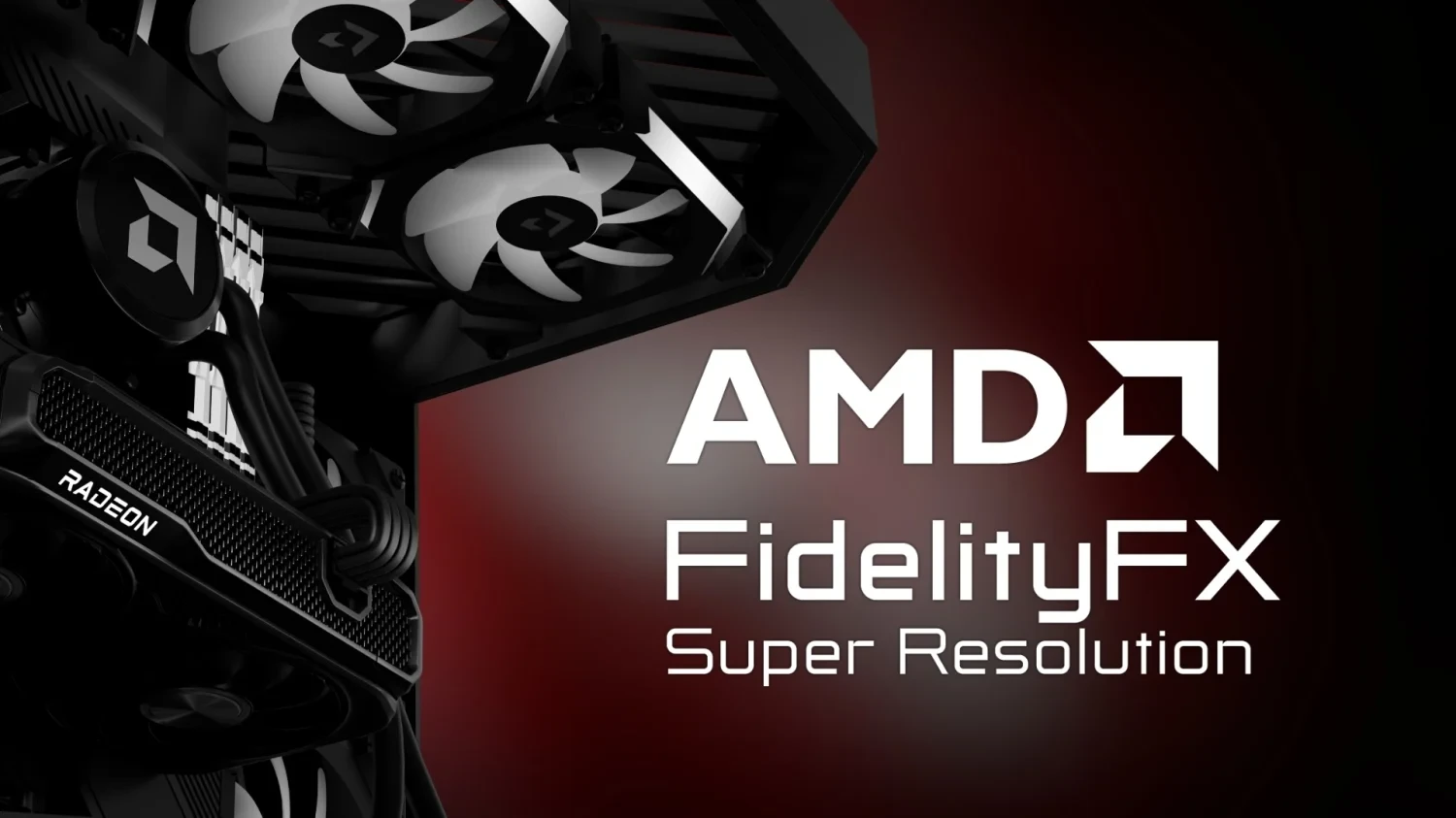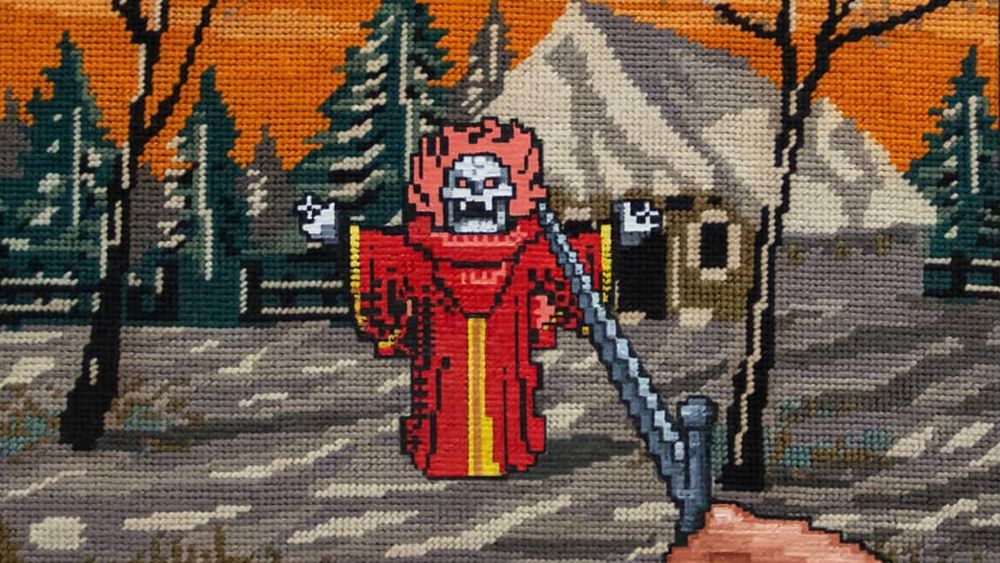Il est inacceptable de voir comment "fxpodcast: Black Mirror’s USS Callister: Into Infinity" utilise des technologies décevantes et des concepts éculés pour masquer un manque flagrant d'originalité. Au lieu de plonger dans une véritable exploration de la science-fiction, on nous sert un mélange fade de téléporteurs voxel et de batailles spatiales qui semblent sortir tout droit d'un jeu rétro maladroit. James MacLachlan peut bien parler de la fusion entre le cinéma et le jeu vidéo, mais cela ne gomme pas le fait que cette production est un coup de dés désespéré. Il est temps de dire stop à cette paresse créative qui continue de polluer notre culture.
#BlackMirror
#BlackMirror
Il est inacceptable de voir comment "fxpodcast: Black Mirror’s USS Callister: Into Infinity" utilise des technologies décevantes et des concepts éculés pour masquer un manque flagrant d'originalité. Au lieu de plonger dans une véritable exploration de la science-fiction, on nous sert un mélange fade de téléporteurs voxel et de batailles spatiales qui semblent sortir tout droit d'un jeu rétro maladroit. James MacLachlan peut bien parler de la fusion entre le cinéma et le jeu vidéo, mais cela ne gomme pas le fait que cette production est un coup de dés désespéré. Il est temps de dire stop à cette paresse créative qui continue de polluer notre culture.
#BlackMirror
1 Комментарии
·0 предпросмотр













